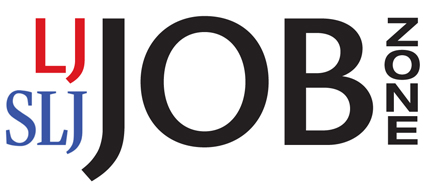New Data From Pew: Internet Adoption in US Among Lower-Access Groups Hits Record Levels, But Digital Gaps Persist
From the Pew Research Center:
For young adults, Americans with high education levels, and those in relatively affluent households, internet penetration nears full saturation levels, according to a new Pew Research Center analysis of 15 years of data on internet adoption.
The report finds that, in 2000, 70% of those ages 18-29 used the internet, and that figure has steadily grown to 96% today. In contrast, 14% of seniors used the internet in 2000, while 58% do so today. In addition, almost all adults (95%) with a college or graduate degree say they are internet users, and 97% of those who live in households earning more than $75,000 are also online.
“There are two broad trends in these data,” says Maeve Duggan, Research Associate at Pew Research Center. “The first is that the groups traditionally leading the way in tech adoption – the young, highly educated and relatively well off – are now nearly all internet users. The second is that groups traditionally less likely to be early adopters have steadily increased their internet use. Especially in recent years, the rate of adoption has been particularly rapid. However, digital differences still remain.”
For example, in 2000, 78% of adults with at least a college degree used the internet. However, just 19% of those without a high school diploma reported that they were internet users that year. Today, 66% of those who have not completed high school use the internet. While the gap has decreased from 59 percentage points to 29 points, it still represents a notable difference in access.
These findings are based on a compilation of 97 surveys and more than 229,000 interviews among the general public conducted by Pew Research Center from March 2000 to May 2015. These surveys are combined by year, providing a larger sample size than captured in typical monthly surveys. This allows for more robust comparisons of trends among different demographic groups across multiple years.
Other findings include:
African-Americans and Hispanics have been somewhat less likely than whites or English-speaking Asian-Americans to be internet users. Today, 78% of blacks and 81% of Hispanics use the internet, compared with 85% of whites and 97% of English-speaking Asian Americans.
Men and women have had rough parity in internet adoption since 2000. Today, 85% of men and 84% of women report being internet users.
Those who live in rural areas are less likely than those in the suburbs and urban areas to use the internet. In 2000, 56% of suburban residents, 53% of urban residents and 42% of rural residents were internet users. Today those figures stand at 85%, 85% and 78% respectively.
Direct to Full Text Report
A PDF version of the report is also available.
Filed under: Data Files, Interviews, Patrons and Users, Public Libraries, School Libraries
About Gary Price
Gary Price (gprice@gmail.com) is a librarian, writer, consultant, and frequent conference speaker based in the Washington D.C. metro area. He earned his MLIS degree from Wayne State University in Detroit. Price has won several awards including the SLA Innovations in Technology Award and Alumnus of the Year from the Wayne St. University Library and Information Science Program. From 2006-2009 he was Director of Online Information Services at Ask.com.


